System programming software is a tool used to install an operating system or other software programs into an embedded system, embedded device, or storage device. It is usually used to burn pre-compiled binaries or source codes into the non-volatile memory of hardware devices, such as flash chips, EEPROM, EPROM or other storage media. System flashing software provides a convenient way for users to load a specific operating system or software into a target device so that it can run normally.
1、Deepin Boot Maker
Deepin Boot Maker is a tool developed by Deepin team to help users create bootable USB devices. It is part of the Deepin OS, but is also available for other Linux distributions. With Deepin Boot Maker, you can convert ISO images or operating system files into bootable USB devices for installation or system recovery.
Deepin Boot Maker provides a simple and easy-to-use interface that enables users to easily select and load ISO files, select a target USB device, and format it as a bootable device. It also provides some advanced options to change the partition scheme and bootloader settings.
The steps to use Deepin Boot Maker usually include selecting the ISO file, selecting the USB device, adjusting the settings and starting to create the boot device. Depending on the size of the ISO file and the capabilities of the USB device, this process may take some time.
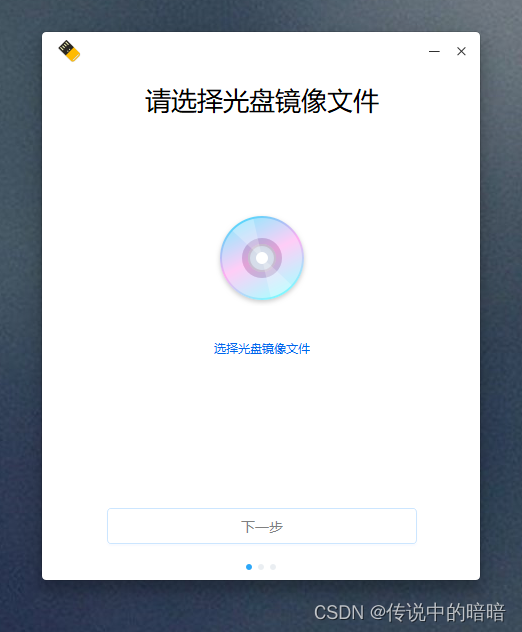
ubuntu/deepin system users only need to install via the following command
sudo apt-get install deepin-boot-maker
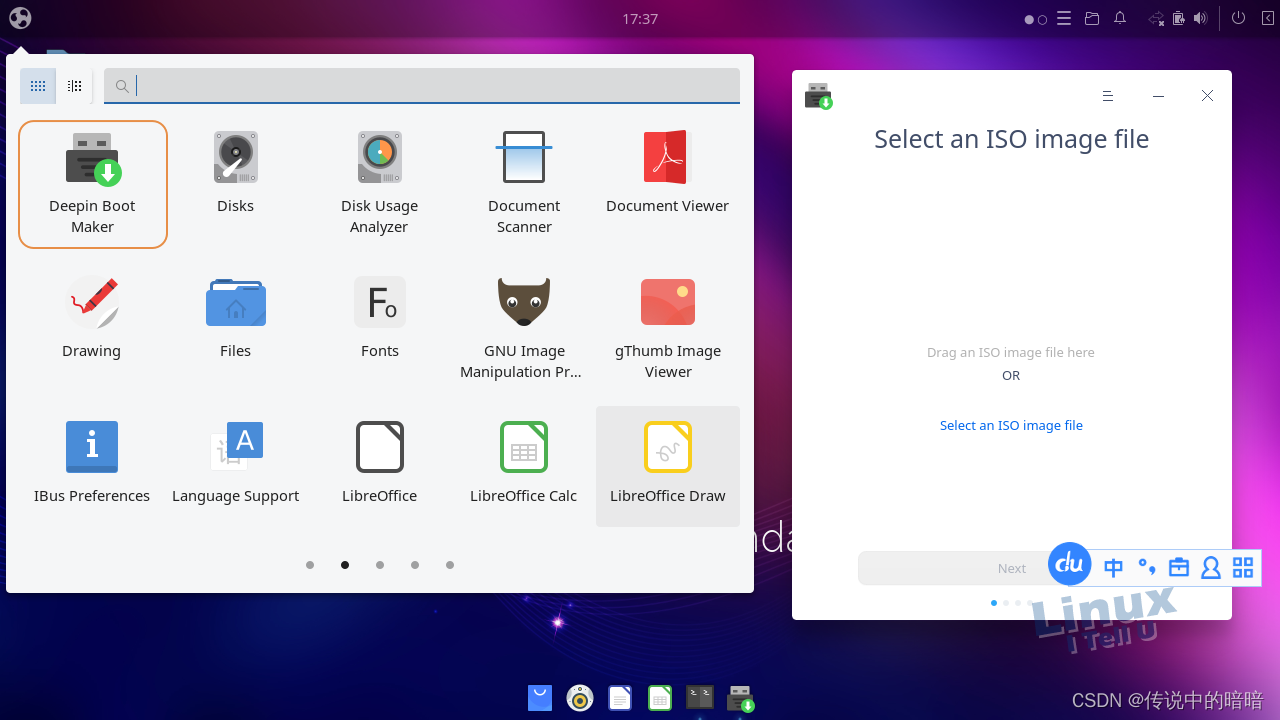
Other Linux platforms need to compile and install
源码地址:https://github.com/linuxdeepin/deepin-boot-maker
2、UNetbootin
Unetbootin is a free and open source software for creating bootable USB installation media of Linux, Windows and other operating systems. It allows users to install it on their computer by creating a boot disk from an ISO image file. Unetbootin is a cross-platform tool that supports running on Windows, Mac OS X and Linux.
With Unetbootin you can easily create bootable USB devices to install or try out various operating systems without burning them to discs or diskettes. It also provides some additional features, such as a list of predefined operating systems, drive formatting options, and selection of boot menus.
To use Unetbootin, you just need to download the software and install it on your computer. Then, select the ISO image file of the operating system you want to install or boot, select your USB device, and click "Start" or the corresponding button. The software will automatically write the ISO image file to the USB device and make it a bootable medium.
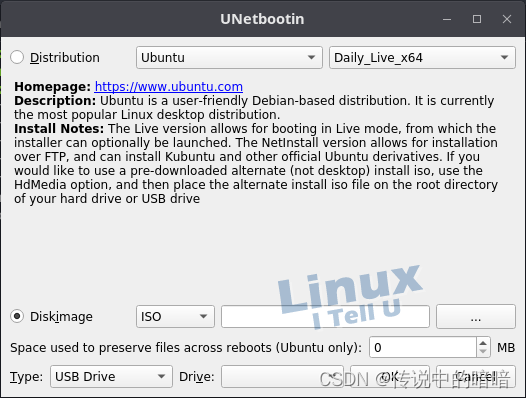
https://unetbootin.github.io/
Install in Ubuntu/Debian
sudo add-apt-repository ppa:gezakovacs/ppa
sudo apt-get update
sudo apt-get install unetbootin
Download the binary and use it directly
wget https://github.com/unetbootin/unetbootin/releases/download/702/unetbootin-linux64-702.bin
chmod +x unetbootin-linux64-702.bin
sudo ./unetbootin-linux64-702.bin
3、Startup Disk Creator
Startup Disk Creator is a tool for creating startup disks, which can help you write the installation image file of an operating system (such as Ubuntu, Linux Mint, etc.) to a USB flash drive or CD. By creating a boot disk, you can use the disk to install or run an operating system without installing directly from a hard disk or other media. Startup Disk Creator is an easy-to-use tool that can be found on most Linux-based operating systems and is usually available for free.

- Install command:
sudo apt install usb-creator-gtk
usb-creator-common: Create a boot disk (common file) using a CD or disk image
usb-creator-gtk: Create a boot disk using a CD or disk image (for GNOME)
usb-creator-kde: create a boot disk using a CD or disk image (for KDE)
4、BalenaEtcher
BalenaEtcher is a free and open source cross-platform tool for writing an OS image to a USB drive or SD card. It provides an easy-to-use interface that makes it very easy to burn an image onto a bootable device. Whether you're building a Raspberry Pi system, installing a Linux distribution, or restoring an OS image, BalenaEtcher is a very handy tool.

Using BalenaEtcher is very simple. You just need to select the image file to be burned, select the target device (USB drive or SD card), and click the "Flash" button to start the burning process. BalenaEtcher will verify the integrity of the image during the burning process to ensure the accuracy of the data. Once the flashing is complete, you can safely insert the boot device into the target computer and start the system.
BalenaEtcher supports Windows, macOS and Linux operating systems, and provides an intuitive and easy-to-use interface on each platform. It also provides advanced features such as selecting the type of partition table to create, customizing the burning speed, and more.
In a word, BalenaEtcher is a very practical tool for those who need to burn an operating system image on a bootable device. Its simplicity and stability make making a bootable device quick and easy.
5、Raspberry Pi Imager
Raspberry Pi Imager is an official image burning tool developed by the Raspberry Pi Foundation. It helps users burn operating system image files onto SD cards or other storage devices for use with Raspberry Pi single-board computers. With Raspberry Pi Imager, you can choose different operating systems, such as Raspberry Pi OS, Ubuntu, etc., and quickly burn them to SD card for you to run on Raspberry Pi. This tool is very convenient and easy to use, and can be downloaded and installed on the official website of Raspberry Pi (https://www.raspberrypi.org/software/).
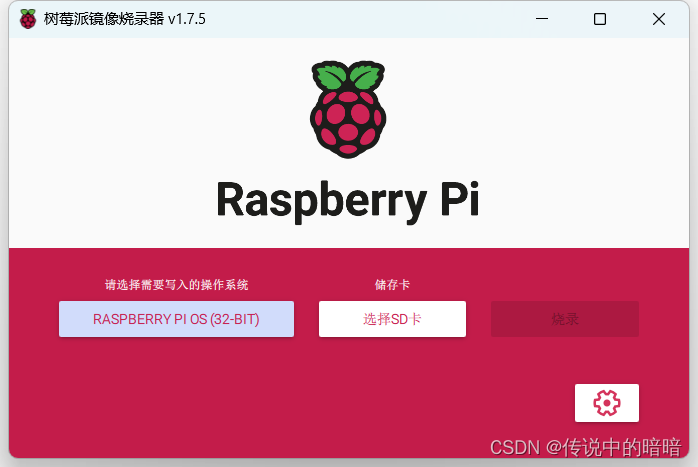
6、Rufus
Rufus is a very useful freeware tool for making bootable USB drives. Using Rufus, you can write ISO, IMG, DD dump, and other image file formats to a USB drive, making it a bootable device. This is useful for creating bootable installation media, installing an operating system, doing system recovery, or running various utilities without an operating system.
Rufus is widely used to create bootable drives for Linux distributions, Windows installation media, various system tools and utilities. It is very easy to use, has a simple and intuitive user interface, and provides many customization options to meet the needs of different users. It only supports Windows systems, and there are no Linux and Mac adaptation versions yet.
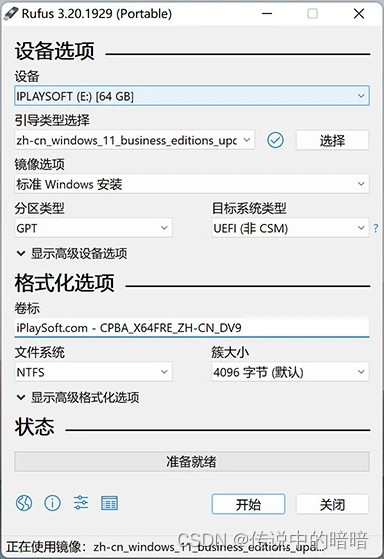
7、Ultra ISO
UltraISO is a powerful disc image file processing software. It can be used to create, edit, convert and extract disc images such as ISO and other common formats. UltraISO can save the data in the CD or hard disk in the form of ISO files, which is convenient for users to backup, share and transfer.
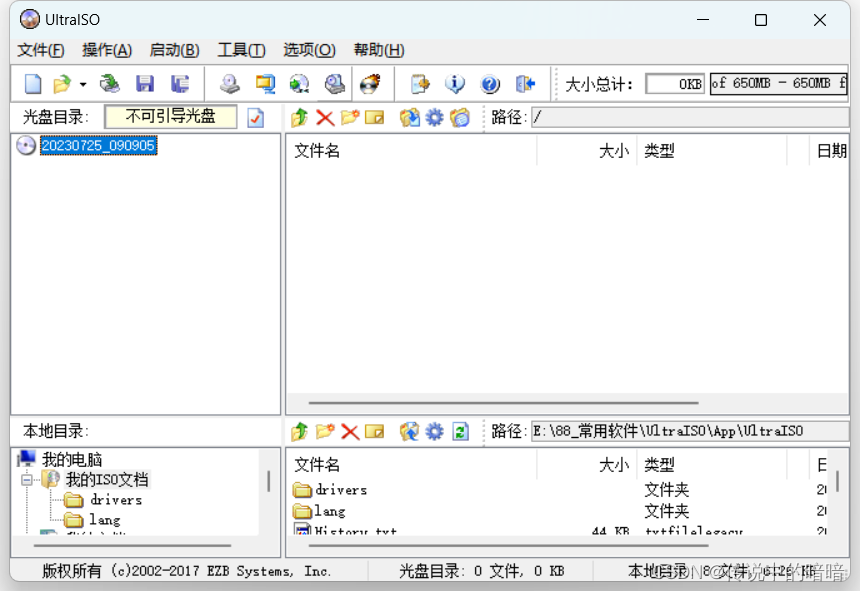
The functions supported by UltraISO include creating, editing, extracting, compressing and converting disc image files. You can use UltraISO to create new ISO files or directly edit existing ISO files, add, delete, rename files or folders. At the same time, UltraISO can also extract image files from various sources such as CD/DVD, hard disk, FDD, virtual optical drive, etc., and extract the files in them.
In addition, UltraISO also provides some additional functions, such as CD boot management, ISO file burning, CD drive emulation, etc. It also supports converting ISO files to other formats like BIN, CUE, Nero (NRG), etc.
Overall, UltraISO is a versatile disc image file processing tool for those who need to create, edit, convert or extract ISO files.
8. dd command (Linux)
For Linux users familiar with the command line, the dd command is a powerful tool that can be used to copy and write image files to storage devices. It requires some command line skills, but is quite usable on Linux systems.
The dd command is a tool for data conversion and duplication. It can be used to create image files, backup disk data, and copy between devices.
The basic usage format is as follows:
dd if=input_file of=output_file [options]
Among them, ifthe parameter specifies the input file or device, and ofthe parameter specifies the output file or device. Here are some common options:
- `bs`:设置数据块的大小,可以使用字节、千字节或兆字节等单位。
- `count`:指定要复制的数据块数。
- `seek`:设置开始写入的位置,用于跳过输出文件的起始部分。
- `skip`:设置开始读取的位置,用于跳过输入文件的起始部分。
Example:
- Copy files:
dd if=input_file of=output_file
- Create an image file from the device:
dd if=/dev/device_name of=image_file
- Copy the image file to the device:
dd if=image_file of=/dev/device_name
Note that you need to be very careful when using the dd command, because its operation is very powerful and there are no redundant protection measures against errors. Improper use may result in data loss or damage to the system. Therefore, please be sure to read the relevant documents carefully before using, and operate with caution.